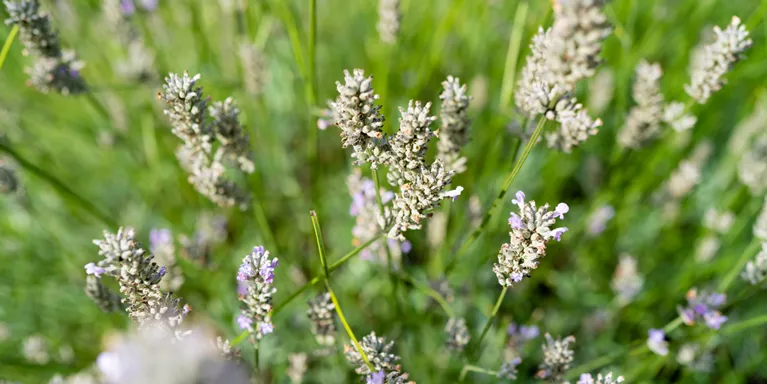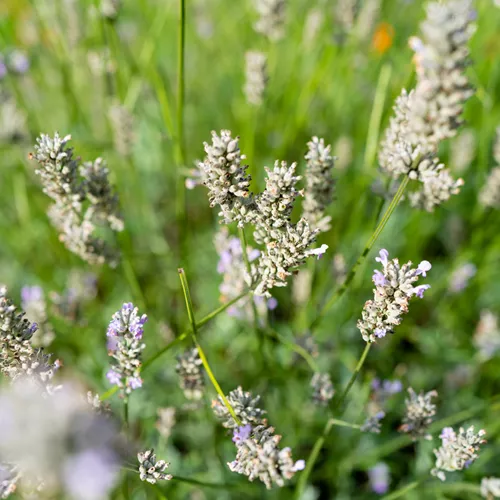Seasonal affective disorder (SAD)
Explains seasonal affective disorder, including possible causes and how you can access treatment and support. Includes tips for helping yourself, and guidance for friends and family.
View this information as a PDF (new window)
What is seasonal affective disorder (SAD)?
Seasonal affective disorder (SAD) is a type of depression that you experience during particular seasons or times of year. Depression is a low mood that lasts for a long time, and affects your everyday life.
If you have SAD, you'll experience depression during some seasons in particular, or because of certain types of weather or temperature. You can experience it in winter or summer.
It's like having your own portable black cloud.
It's common to be affected by changing seasons and weather, or to have times of year when you feel more or less comfortable. For example, you might find that your mood or energy levels drop when it gets colder or warmer, or notice changes in your sleeping or eating patterns.
But if your feelings are interfering with your everyday life, it could be a sign that you have depression. And if they keep coming back at the same time of year, doctors might call this seasonal affective disorder (SAD) or 'seasonal depression'.
In the weeks before the clocks go back, I start to feel sluggish and down. It's harder to keep to my morning routine of going out for a walk before breakfast because it's wet, cold and dark.
What are the symptoms of SAD?
If you have SAD, you might experience some of the signs and symptoms below. But it's different for different people, and can vary season to season, so you might also have other kinds of feelings which aren't listed here:
- Lack of energy
- Difficulty concentrating
- Not wanting to see people
- Feeling sad, low, tearful, guilty or hopeless
- Feeling anxious, angry and agitated
- Being more prone to physical health problems, such as colds, infections or other illnesses
- Sleeping too much, or difficulty waking up (common with SAD in winter)
- Sleeping too little, or waking up a lot (common with SAD in summer)
- Changes in your appetite, for example feeling hungrier or not wanting to eat
- Losing interest in sex or physical contact
- Suicidal feelings
- Other symptoms of depression
If you also have other mental health problems, you might find that things get worse at times when you're affected by SAD.
I just can't stay awake and the thought of having to go out, stay awake, make conversation. I just can't do it.
Sarah's story
Sarah explains how she developed seasonal affective disorder (SAD) and what it's like living with it day to day.
See our transcript of the podcast if you would like to read rather than listen to it.
Find out more about our podcasts or subscribe to our podcast on iTunes or Audioboom.
I close the curtains in the evening and wish it was dark so I could go to bed early but it's broad daylight. I need to sleep and withdraw again from the world.
Are there common misconceptions about SAD?
Lots of people have heard of SAD, but this doesn't mean that they understand what it's like or how you're affected. It doesn't mean you 'just feel a bit low in winter'. There are many factors that can cause it or make it worse, and it can affect your life just as much as other types of depression.
It can be frustrating and upsetting if people don't understand this, but it's important to remember that you are not alone.
See our page on stigma and misconceptions for lots of ideas on how to deal with stigma.

Misconceptions surrounding SAD
During this time I feel down, upset and ready to cry at even the tiniest thing.
This information was published in April 2022. We will revise it in 2025.
References and bibliography available on request.
If you want to reproduce this content, see our permissions and licensing page.













